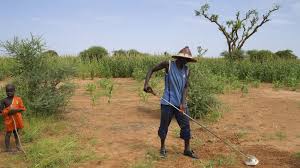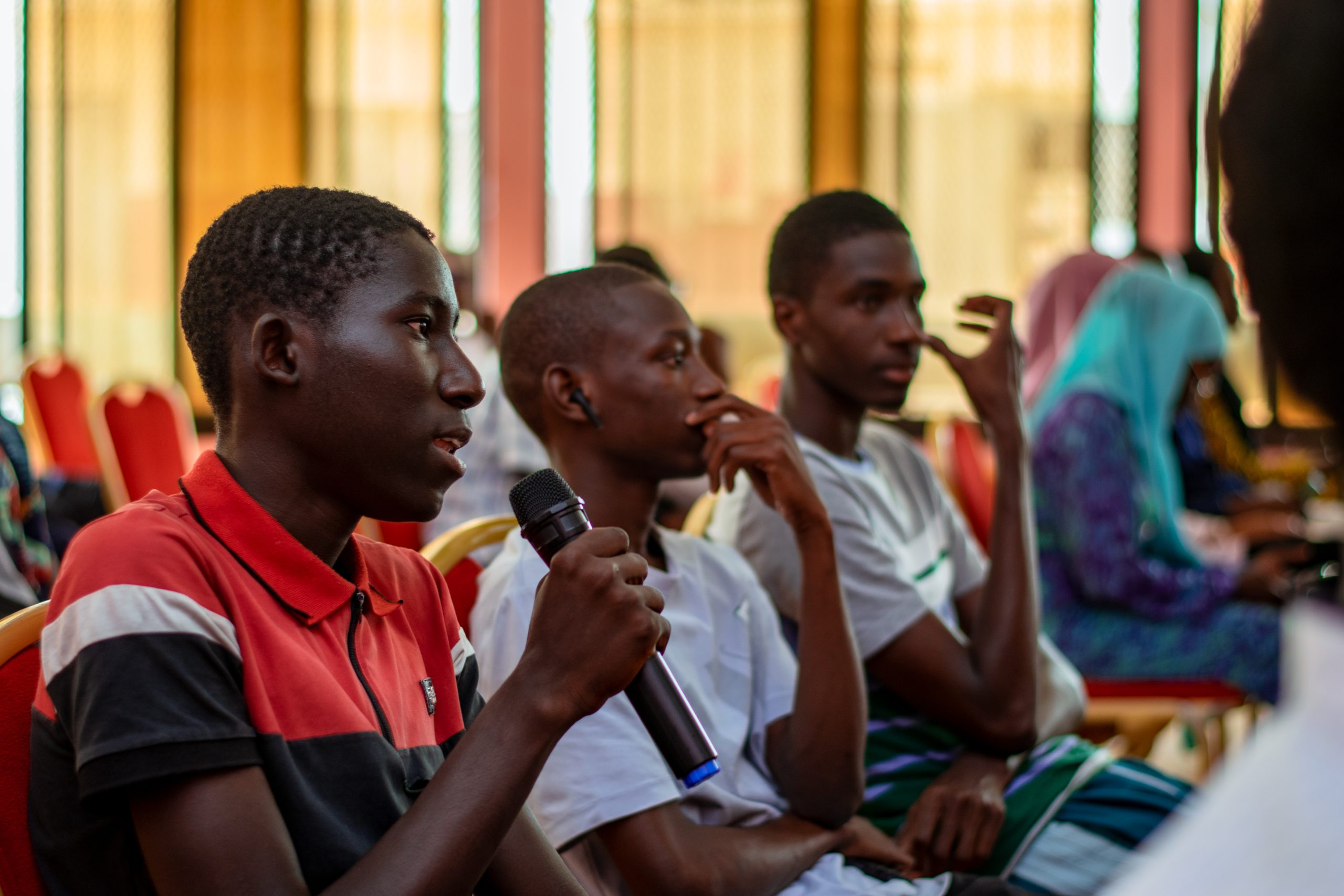In 2024, Senegal took a major step forward by publishing a budget document known as the “Green Budget.” With its clear and rigorous structure, this document addresses key issues such as climate challenges, the current state of the environment in the country, the responsibilities of relevant ministries, and macroeconomic and fiscal measures related to climate action. It also reflects Senegal’s commitment to international agreements, particularly the Paris Agreement.
As part of this effort, the government allocated nearly 49 billion FCFA to programs aimed at ecological transition and climate resilience. A significant portion of this investment targets reforestation, biodiversity protection, pollution reduction, and institutional coordination, areas considered strategic for sustainable development.
Concrete Environmental Challenges

Climate change poses a serious threat in Senegal, significantly impacting various sectors, especially the environment, agriculture, and public health. The country’s high climate vulnerability stems from its long coastline and its economic dependence on natural resources for food, employment, and growth, largely due to a slow structural transformation. With rising temperatures, declining rainfall, and coastal erosion threatening up to 75% of its coastline, both the population and national assets are under serious threat.
A Tool Still Unknown to Most Citizens
Despite its importance, the Green Budget remains largely unfamiliar to the public, especially young people. Its technical content, complex vocabulary, and lack of simplified communication make it hard to access. As a result, a document designed to guide environmental public policy is neither understood, questioned, nor followed by the majority of citizens.
Are Young People Actors or Mere Spectators of the Green Budget?

It would be unrealistic to envision a sustainable environmental policy without involving the youth. Young people are not only among the most exposed to the effects of climate change, but they are also the ones who will bear its consequences the longest. Floods, resource scarcity, pollution, and biodiversity loss show that their daily lives, communities, and futures are at stake.
Yet, numerous studies and public consultations show a stark disconnect between decision-making and youth participation. During a meeting organized by BudgIT Senegal in the southern part of the country, a student expressed that he had never known how environmental budget decisions were made, but with BudgIT’s civic education and guidance, he now expresses a strong desire to get involved.
In Senegal, people under 35 make up the majority of the population. Yet this demographic force is largely absent from the design, monitoring, and evaluation spaces for environmental policy. How can we build inclusive climate policies without involving those who will inherit them?
Involving young people isn’t just about raising awareness; it means empowering them using accessible budget language, opening up participation channels, and recognizing their contributions, even informal ones. Because the fight against climate change can not be won by experts alone, we need to build collectively, with young people having a space at the table to be fully involved and truly heard.
Want to learn more?
Check out our article on the Green Budget here
